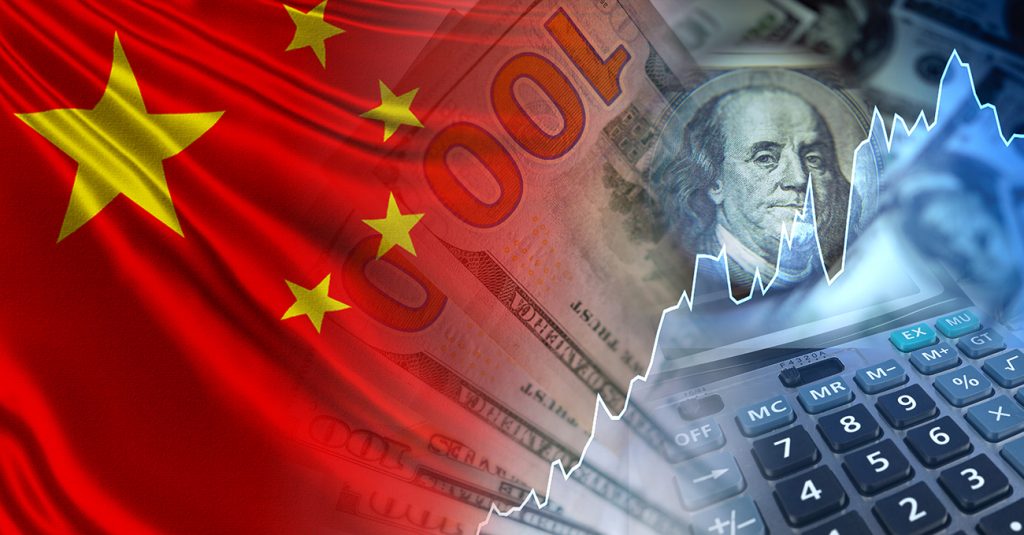Talk of dedollarization is back on the table after new U.S. Treasury data showed China offloaded about $50 billion of U.S. Treasuries in the first quarter and cut its holdings by more than $100 billion in the year to March 2023. The revelations come amid an increasingly tense standoff between China and the United States over trade and China’s intentions toward Taiwan.
Belgium, often cited as the trusted custodian of China’s debt assets, reportedly dumped more than $20 billion in Treasuries over the same period.
Not everyone is convinced that China’s sale of US debt represents anything aggressive, as opposed to a routine overhaul of the debt management activities of the world’s second-largest economy. But the question of whether Beijing dumps US debt, coupled with the potential for wider adoption of the yuan, suggests the US government will need a strategy to deal with the impact on perceptions of the dollar as the world’s reserve currency.
“The fundamental question of whether China has diversified its USD/USD bond margin or diversified its set of depositories beyond U.S. custodians and Euroclear remains unresolved,” wrote Brad Setser, a senior fellow at the Council on Foreign Relations. X, formerly known as Twitter, last month.
But that doesn’t mean Beijing’s policy of shifting U.S. debt into commodities such as gold is insignificant, analysts say, indicating a desire to reduce risk amid the threat of U.S. sanctions on China over trade with Russia. Punitive tariffs imposed by the Biden administration could also fuel Beijing’s ambitions to diversify its assets. China’s gold reserves rose by 27.06 tons in the first quarter, second only to Turkey, according to the World Gold Council.
Meanwhile, the newly expanded BRICS trading bloc, in which China plays an influential role, has expressed concerns about the macroeconomic dominance of the dollar and is seeking alternative reserve currency options. This could accelerate China’s ambitions to internationalize the yuan and offer a geopolitical solution for the nascent trading bloc, although not all BRICS members agree.
Sanctions related to the restrictions have led to the use of the United Arab Emirates dirham in trade between India and Russia, fueled by “dissatisfaction among Indian officials with the use of the yuan by Indian importers,” the Carnegie Endowment for International Peace said in a December report on BRICS. dedollarization efforts.


